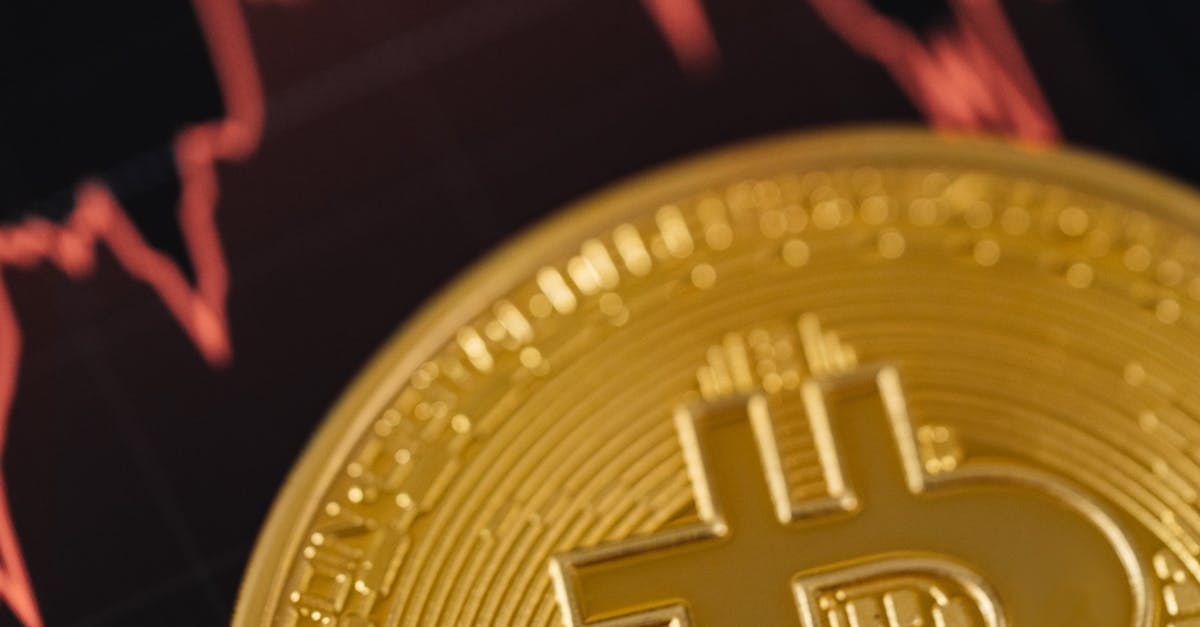The Rise and Fall of Gold: A Journey Through Economic History

The enigmatic dance of gold’s price has captivated investors, economists, and historians alike for centuries. As an asset class, gold has consistently proven its mettle during times of economic uncertainty, acting as a safe haven for those seeking refuge from stormy markets. However, this allure comes with a twist – gold’s price is anything but predictable. Its volatility is a complex symphony, orchestrated by a myriad of factors, from global economic indicators to geopolitical events and supply-demand dynamics.
Prepare to delve into the intricate world of gold, where price fluctuations can send ripples through global markets, impacting currencies, stocks, and bonds. Central banks, like graceful ballerinas, navigate this delicate dance, managing their gold reserves with a deft touch, their decisions influencing monetary policy and economic stability. Investors, caught in the whirlwind of volatility, must carefully balance risk and reward, employing strategies that seek to harness the power of gold’s price movements while mitigating its inherent unpredictability.
As we peer into the future, the dance of gold continues, its trajectory a mystery yet to be fully unraveled. Will its allure endure, or will its luster fade? Join us on this exploration of gold’s enigmatic price dance, where we uncover its impact on the global economy and provide insights for investors seeking to navigate its ever-shifting terrain.
Key Insights
- Gold has been a safe haven asset for centuries, providing investors with a hedge against economic turmoil and inflation.
- The price of gold is influenced by a complex web of factors, including economic indicators, geopolitical events, and supply-demand dynamics.
- Gold’s price movements can reverberate through global markets, affecting currencies, stocks, and bonds.
- Central banks play a significant role in managing gold reserves, using them for monetary policy and economic stability.
- Investors employ various strategies to navigate gold’s volatility and optimize their portfolios, but it’s important to balance risk and reward.
1. Gold’s Allure: A Historical Haven
Gold has long held a captivating allure for humans, transcending cultures and centuries. Its unique properties – its scarcity, durability, and distinctive luster – have made it a prized possession, a symbol of wealth, and a store of value. As civilizations evolved and economies grew more complex, gold’s role expanded beyond mere adornment. It became a medium of exchange, a way to facilitate trade and commerce. And as societies faced economic turmoil and political upheaval, gold emerged as a safe haven asset, a refuge for investors seeking to protect their wealth from the storms of uncertainty.
Fast forward to the 21st century, and gold’s allure as a safe haven remains undiminished. When stocks plunge, currencies falter, and the global economy teeters on the brink of recession, investors flock to gold. They see it as a stable asset, a rock in the tumultuous sea of financial markets. Gold’s historical performance during periods of economic distress supports this perception. In the aftermath of the 2008 financial crisis, for example, the price of gold soared, providing investors with a much-needed hedge against the跌跌不休的股市。
However, it’s important to note that gold’s safe haven status is not absolute. Its price can and does fluctuate, influenced by a complex interplay of factors such as economic indicators, geopolitical events, and supply and demand dynamics. Nonetheless, over the long term, gold has proven to be a reliable store of value, outperforming many other asset classes during times of economic uncertainty. Its enduring allure as a safe haven asset is a testament to its unique properties and its ability to provide investors with peace of mind during turbulent times.
2. Drivers of Volatility: A Complex Symphony

The dance of gold prices is influenced by a complex symphony of factors, a delicate interplay of economic indicators, geopolitical events, and supply and demand dynamics. Let’s delve into each of these in turn:
Economic Indicators: The health of the global economy plays a major role in determining the price of gold. When economic growth is strong and inflation is low, investors tend to favor riskier assets, such as stocks, over safe haven assets like gold. Conversely, when economic uncertainty looms and inflation rears its head, investors flock to gold as a store of value, driving up its price.
Geopolitical Events: Gold has long been considered a safe haven asset during times of geopolitical turmoil. When wars, terrorist attacks, or other major events shake the global stage, investors often turn to gold as a way to protect their wealth from the chaos. This is because gold is seen as a stable asset that is not as susceptible to the vagaries of political and economic instability as other investments.
Supply and Demand Dynamics: The price of gold is also influenced by the forces of supply and demand. On the supply side, factors such as mine production, recycling, and central bank sales can impact the availability of gold in the market. On the demand side, factors such as jewelry demand, investment demand, and industrial demand can affect the level of demand for gold. When demand outstrips supply, the price of gold tends to rise, and when supply exceeds demand, the price tends to fall.
3. Impact on Global Markets: Ripple Effects
The dance of gold prices can send ripples through global markets, affecting a wide range of asset classes, including currencies, stocks, and bonds. Here’s how:
Currencies: Gold is often seen as a safe haven asset, and when investors flock to gold during times of economic uncertainty, they tend to sell off riskier assets, such as stocks and bonds. This can lead to a decrease in the value of currencies, as investors seek to convert their assets into gold. Conversely, when investors sell gold and move into riskier assets, the value of currencies can increase.
Stocks: Gold and stocks often have an inverse relationship. When gold prices rise, investors tend to sell stocks and move into gold, as they perceive gold as a safer investment during times of uncertainty. This can lead to a decrease in stock prices. Conversely, when gold prices fall, investors may sell gold and move into stocks, leading to an increase in stock prices.
Bonds: Gold and bonds can also have a complex relationship. During times of economic uncertainty, investors may sell bonds and move into gold, as gold is seen as a safer investment. This can lead to a decrease in bond prices and an increase in bond yields. However, during periods of low inflation and low interest rates, investors may sell gold and move into bonds, as bonds offer a more attractive return. This can lead to an increase in bond prices and a decrease in bond yields.
4. Central Banks’ Dance with Gold

Central banks around the world play a significant role in the gold market, managing vast reserves of the precious metal and using it as a tool for monetary policy and economic stability. Here’s how:
Monetary Policy: Central banks can use their gold reserves to influence monetary policy and manage inflation. By buying and selling gold, central banks can impact the money supply and interest rates. For example, if a central bank wants to increase the money supply, it can buy gold, which injects money into the financial system. Conversely, if a central bank wants to decrease the money supply, it can sell gold, which withdraws money from the financial system.
Economic Stability: Gold reserves can also be used to promote economic stability. During times of economic turmoil, central banks can sell gold to raise funds to support their currencies or to intervene in financial markets. For example, during the 2008 financial crisis, several central banks sold gold to raise funds to support their banking systems and stabilize their economies.
Diversification: Central banks also hold gold as a way to diversify their reserves and reduce risk. Gold is seen as a safe haven asset that can help to protect the value of central bank reserves during times of economic uncertainty. By holding gold, central banks can reduce their exposure to fluctuations in other asset classes, such as stocks and bonds.
5. Investors’ Dilemma: Balancing Risk and Reward
Investors seeking to navigate gold’s volatility and optimize their portfolios employ a range of strategies. Here are some of the most common:
Strategic Allocation: Some investors allocate a portion of their portfolio to gold as a long-term investment. This is often done as a way to diversify their portfolio and reduce risk, as gold tends to perform differently than other asset classes, such as stocks and bonds. Strategic allocation to gold can also provide a hedge against inflation, as gold is often seen as a store of value that can protect against rising prices.
Tactical Trading: Other investors engage in tactical trading of gold, attempting to profit from short-term price fluctuations. This involves buying gold when prices are low and selling when prices are high. Tactical trading of gold can be a more risky strategy, but it can also be more rewarding if executed successfully.
Options and Futures: Investors can also use options and futures contracts to gain exposure to gold without having to buy the physical metal. Options give investors the right, but not the obligation, to buy or sell gold at a set price on a future date. Futures contracts obligate investors to buy or sell gold at a set price on a future date. Options and futures can be used for both hedging and speculative purposes.
6. Gold’s Role in Inflation: A Hedge or a Mirage?
Gold has long been touted as a hedge against inflation, a safe haven asset that can protect investors from the erosive effects of rising prices. However, the relationship between gold and inflation is complex and not always straightforward.
Historically, gold has performed well during periods of high inflation. This is because investors often flock to gold as a store of value when they are concerned about the purchasing power of fiat currencies. Gold is seen as a real asset that cannot be devalued by governments, unlike paper currencies. As a result, gold tends to hold its value better than other assets during inflationary periods.
However, it’s important to note that gold is not a perfect hedge against inflation. There have been periods when gold prices have fallen even as inflation has risen. This can happen for a variety of reasons, such as changes in investor sentiment, economic uncertainty, or shifts in the supply and demand dynamics of the gold market. Therefore, while gold can be a valuable addition to a diversified portfolio as a hedge against inflation, it’s important to have realistic expectations about its performance.
7. The Future of Gold: A Glimmer of Insights
Gazing into the crystal ball of the future, the trajectory of gold’s price remains shrouded in uncertainty. However, by examining current trends and considering potential economic and geopolitical developments, we can glean some insights into what the future may hold for this precious metal.
One key factor to consider is the global economic outlook. If the global economy continues to grow steadily and inflation remains under control, gold’s price may not experience significant growth. However, if the global economy enters a recession or if inflation spikes, gold’s price could rally as investors seek a safe haven asset. Geopolitical events can also have a major impact on gold’s price. Gold is often seen as a safe haven asset during times of political or economic turmoil. If major geopolitical events occur in the future, such as wars or terrorist attacks, gold’s price could rise as investors flock to the metal for safety.
Overall, the future of gold’s price is difficult to predict with certainty. However, by considering the factors discussed above, investors can make informed decisions about whether to include gold in their portfolios and how much exposure they want to have to this volatile asset.
Is gold a good investment?
Gold can be a valuable addition to a diversified portfolio as a hedge against inflation and economic uncertainty. However, it’s important to have realistic expectations about its performance and to invest only what you can afford to lose.
How can I invest in gold?
There are several ways to invest in gold, including buying physical gold coins or bars, investing in gold ETFs or mutual funds, or trading gold futures or options.
What factors affect the price of gold?
The price of gold is influenced by a complex interplay of factors, including economic indicators, geopolitical events, and supply and demand dynamics.
Is gold a safe haven asset?
Gold is often considered a safe haven asset during times of economic or political turmoil. However, it’s important to note that gold’s price can and does fluctuate, and it is not immune to market downturns.
What is the future of gold?
The future of gold is difficult to predict with certainty. However, by considering factors such as the global economic outlook and geopolitical events, investors can make informed decisions about whether to include gold in their portfolios.
Key Insights Table
| Key Insight | Description | |—|—| | Gold’s enduring allure as a safe haven asset stems from its scarcity, durability, and historical performance during economic downturns. | Investors flock to gold as a store of value when they are concerned about the purchasing power of fiat currencies. | | The price of gold is influenced by a complex interplay of factors, including economic indicators, geopolitical events, and supply-demand dynamics. | Central banks, economic growth, inflation, and investor sentiment all play a role in determining the direction of gold prices. | | Gold’s price movements can have ripple effects throughout global markets, impacting currencies, stocks, and bonds. | When investors move into gold, they tend to sell off riskier assets, which can lead to a decrease in their value. | | Central banks play a significant role in managing gold reserves, using them for monetary policy and economic stability. | Central banks can buy and sell gold to influence the money supply and interest rates, and to support their currencies during times of economic turmoil. | | Investors employ various strategies to navigate gold’s volatility and optimize their portfolios, but it’s important to balance risk and reward. | Some investors allocate a portion of their portfolio to gold as a long-term investment, while others engage in tactical trading to profit from short-term price fluctuations. |

0 responses to “Gold’s Price Dance: Uncovering the Economic Impact of Volatility”